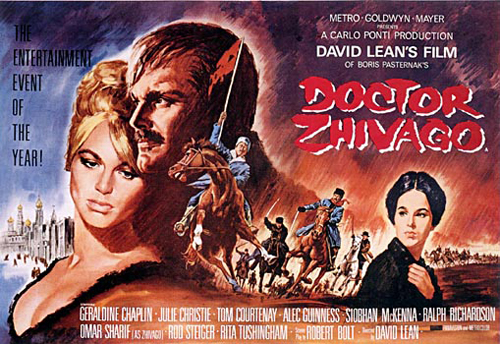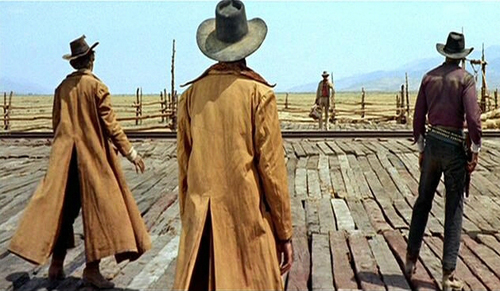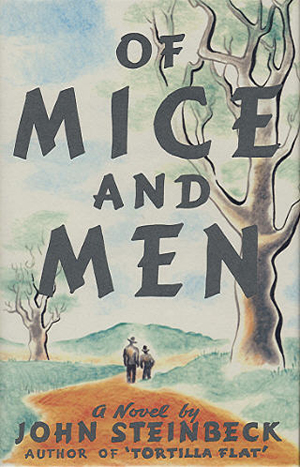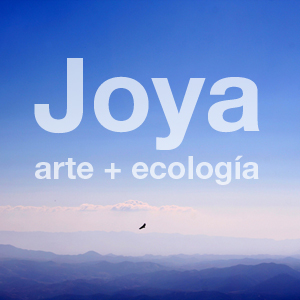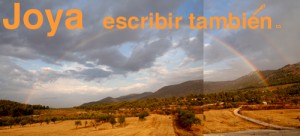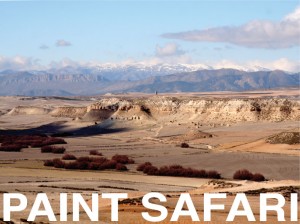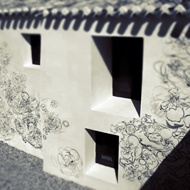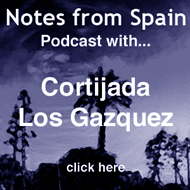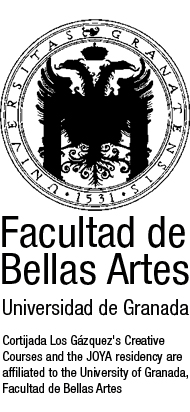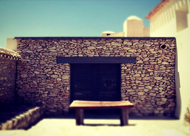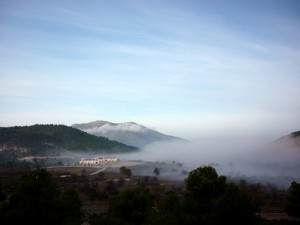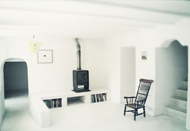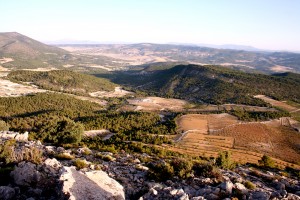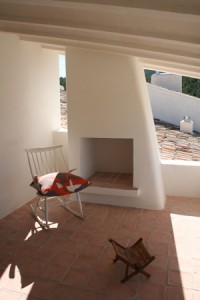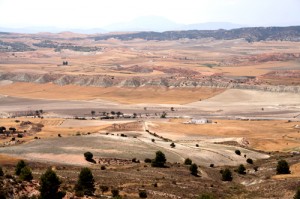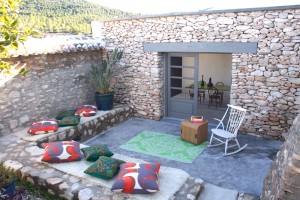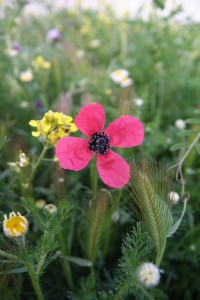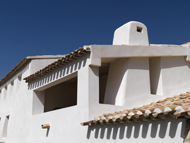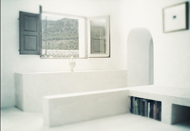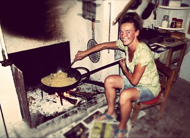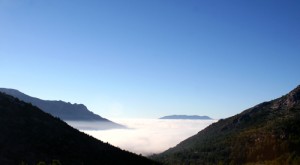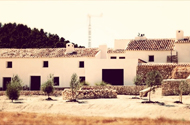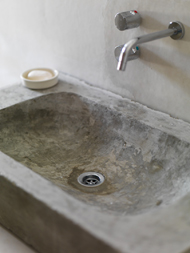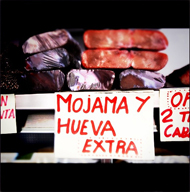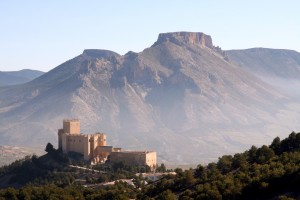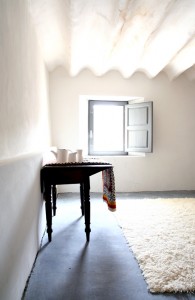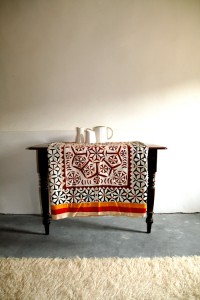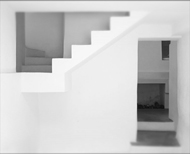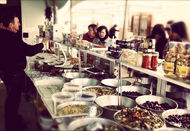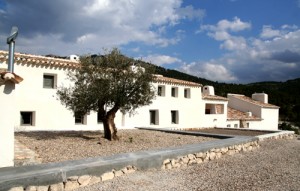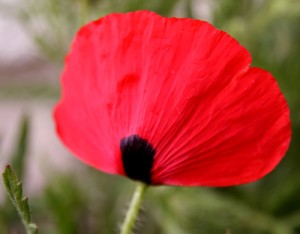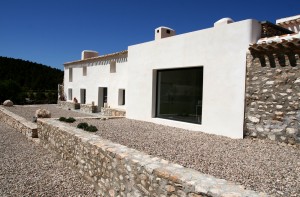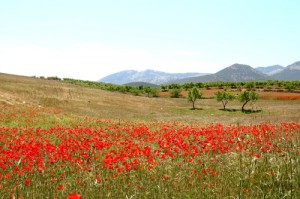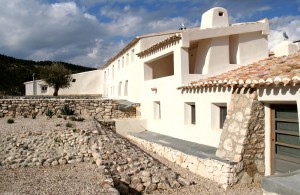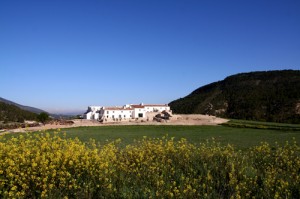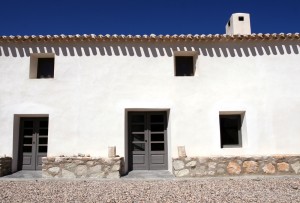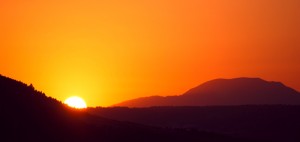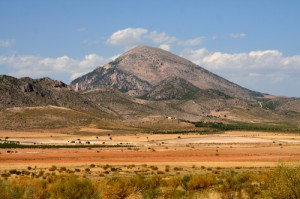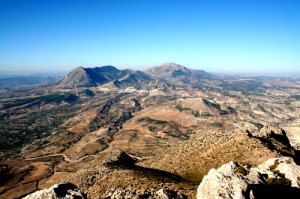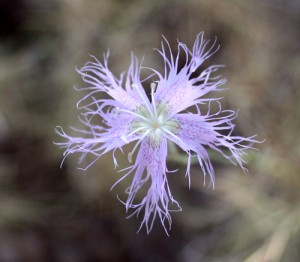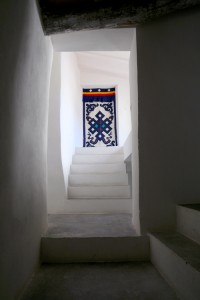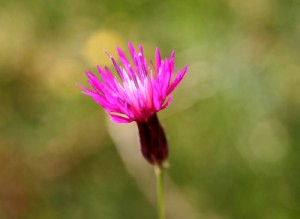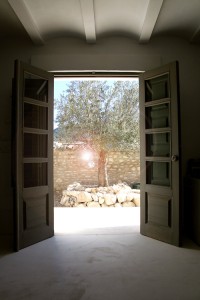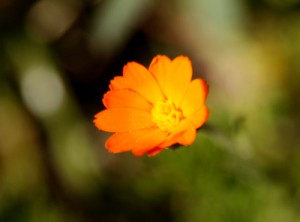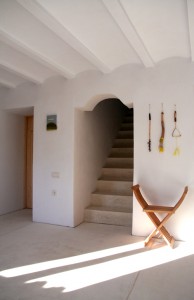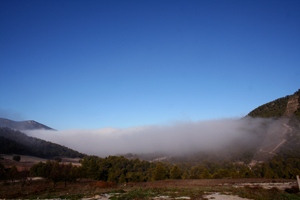‘The Crime of Nijar’ part 2
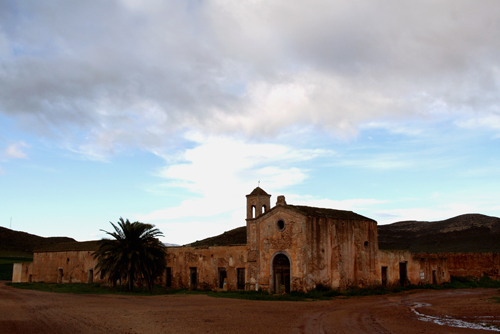
Last week we were taking a small break in the Cabo de Gata national park in Almería and on the one inclement afternoon, whilst taking a drive down some of the dirt tracks, we came across this, El Cortijo los Fraile.
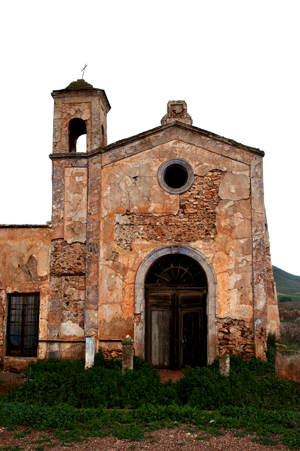 We have known about this building for a while but had never actually found it until this day. If I have translated things correctly it was once a farm run by Dominican monks in the dusty dry desert in this corner of Andalucía. More importantly it was the scene of a famous ‘real life’ crime of passion.
We have known about this building for a while but had never actually found it until this day. If I have translated things correctly it was once a farm run by Dominican monks in the dusty dry desert in this corner of Andalucía. More importantly it was the scene of a famous ‘real life’ crime of passion.
In July 1928 an arranged marriage was to be held here in the chapel at Los Fraile, the bride was a young girl, Paca Canadas. However Paca was in love with her cousin Paco Montes, not her fiancée. The story unfolds with the slaying of Paca’s cousin at the hands of the fiancée’s family to save the family’s honor.
What is also fascinating is that this story was reported in the Madrid Herald as ‘the crime of Nijar’ and read by a young Federico García Lorca.
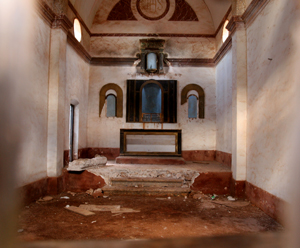 He, in a burst of creativity, hurriedly penned the play Blood Wedding. However this is Lorca and the play is no simple reportage brought to the stage. It is a play rich in symbolism, exploring themes of death and individualism vs. society as well as women’s role in society.
He, in a burst of creativity, hurriedly penned the play Blood Wedding. However this is Lorca and the play is no simple reportage brought to the stage. It is a play rich in symbolism, exploring themes of death and individualism vs. society as well as women’s role in society.
This is my ‘through the key hole’ photograph of the chapel where the young Paca would have been sold off by her father in marriage.
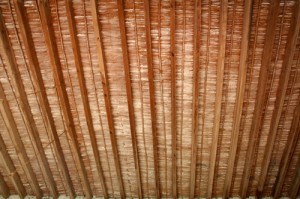 This was (and still could be) a fantastic monument to Almerían agrarian history. The building still possesses some fine 19th century architectural detail such as this beam and cane roof. The chapel still supports it’s belfry (just) and it has many outlying buildings of interest as well as it’s original covered well or alijibe.
This was (and still could be) a fantastic monument to Almerían agrarian history. The building still possesses some fine 19th century architectural detail such as this beam and cane roof. The chapel still supports it’s belfry (just) and it has many outlying buildings of interest as well as it’s original covered well or alijibe.
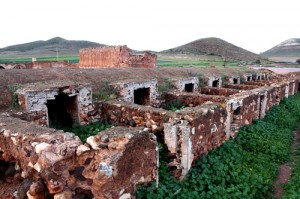 For a decade now there have been protests that this historic building has been allowed to decay. Over a year ago the mayor of Nijar claimed he wanted to take the building into public ownership and have it restored. Alas nothing has happened and every day sees the building becoming beyond repair. The mayor claims that ‘any restoration would have to be compatible with some sort of economic activity that would develop the area’. I can only presume he means a golf course or a hotel complex. What more justification would you need to save this building other than the history I have just briefly laid out in this blog.
For a decade now there have been protests that this historic building has been allowed to decay. Over a year ago the mayor of Nijar claimed he wanted to take the building into public ownership and have it restored. Alas nothing has happened and every day sees the building becoming beyond repair. The mayor claims that ‘any restoration would have to be compatible with some sort of economic activity that would develop the area’. I can only presume he means a golf course or a hotel complex. What more justification would you need to save this building other than the history I have just briefly laid out in this blog.
Well here is a thought…
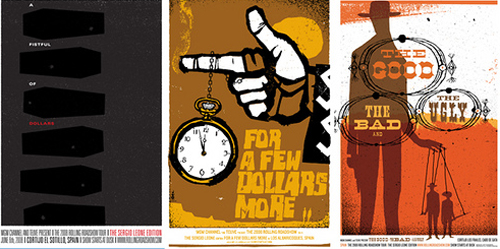
The Good, The Bad and The Ugly was filmed here. Not just in Almería, but here at this cortijo. They have even had an enterprising group from Texas called The Alamo Draughthouse come over and have an open air viewing of the film outside the cortijo which was very successful.
And here is another thought…
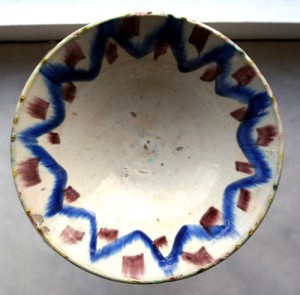 This is a Christmas present I found for my wife Donna. I was very excited to find it as nobody really makes traditional Nijar pottery like this anymore. And, between you and me, we would like to start a collection. What we like about it is the way they have made the decoration. It’s exuberant and slightly reliant on the chance effect. You may see a three point triangulation in the centre of the bowl, well, the pattern would have been hastily painted on and the bowl then turned upside down to allow the coloured glaze to run and then fired standing on these three points.
This is a Christmas present I found for my wife Donna. I was very excited to find it as nobody really makes traditional Nijar pottery like this anymore. And, between you and me, we would like to start a collection. What we like about it is the way they have made the decoration. It’s exuberant and slightly reliant on the chance effect. You may see a three point triangulation in the centre of the bowl, well, the pattern would have been hastily painted on and the bowl then turned upside down to allow the coloured glaze to run and then fired standing on these three points.
There are two interesting things to note here. One is that there is, in my estimation, a lot of this pottery in circulation in the back pantries of all the old folk in this region, and secondly they do not attribute any value to it.
And there you have it. Why isn’t anyone attributing any value to this history and culture. Perhaps it’s easier to celebrate your past by naming a new street after Lorca or printing a leaflet called Ruta de Spaghetti Western whilst the real material returns to the earth to be forgotten.
Government here often makes claims to wanting sustainable and cultural tourism in the region, well here it is. Don’t give me sun, sea and sangria give me history, culture and untouched tracts of land for wildlife.
